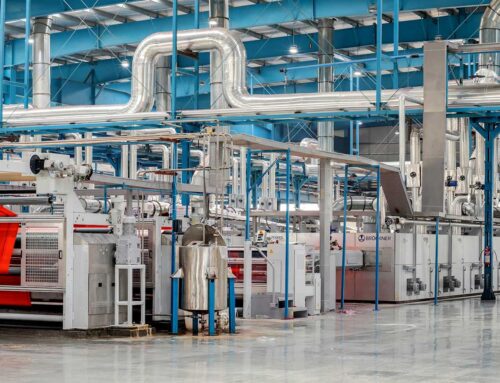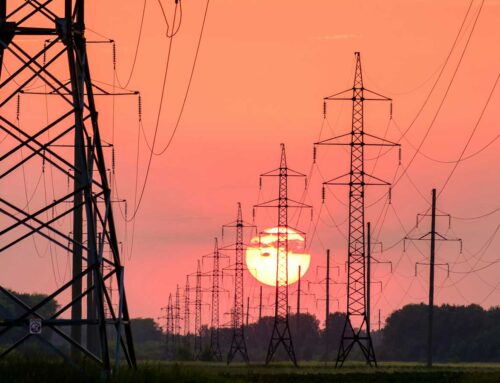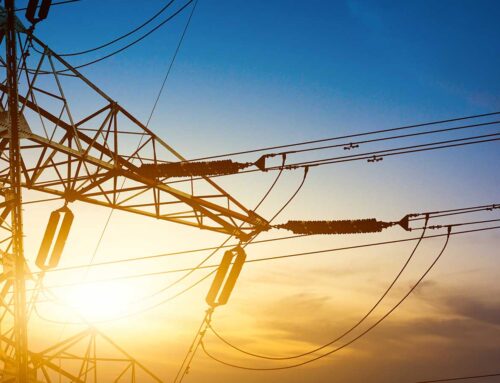Power distribution is undergoing a transformative revolution. At the forefront of this change is the innovative evolution of insulator technology. Traditionally considered routine components, insulators are now driving efficiency, reliability, and sustainability in power distribution systems.
The Evolution of Insulator Technology:
Historically, porcelain and glass insulators were the norm, but their limitations spurred the development of advanced materials. Silicone rubber and fiberglass, with superior durability and resistance, have replaced traditional materials, paving the way for more efficient designs. It helps utilities address potential issues proactively, ensuring improved reliability and reduced downtime.
Nanotechnology and Insulator Performance:
Nanotechnology is enhancing insulator performance at the molecular level. Nano-coatings improve resistance to pollution, reduce corona discharge, and enhance self-cleaning capabilities, maintaining optimal performance in diverse conditions.
Wireless Power Transmission and Insulator Innovation:
Innovative insulator designs are supporting efficient wireless power transmission, potentially minimizing the need for traditional power lines. These technologies are crucial for exploring wireless energy transfer over long distances.
Environmental Sustainability:
Beyond efficiency gains, innovative insulator technologies contribute to environmental sustainability. Longer lifespans, reduced maintenance, and the use of eco-friendly materials align with global efforts toward cleaner and more sustainable energy practices.
The ongoing revolution in insulator technology is shaping the future of power distribution. These innovations are key drivers of efficiency, reliability, and sustainability in the evolving landscape of energy systems. Read our blog updates to learn about Electality’s HTV silicone rubber composite insulators represent a breakthrough in power distribution technology, offering a blend of electrical, mechanical, and environmental advantages.




